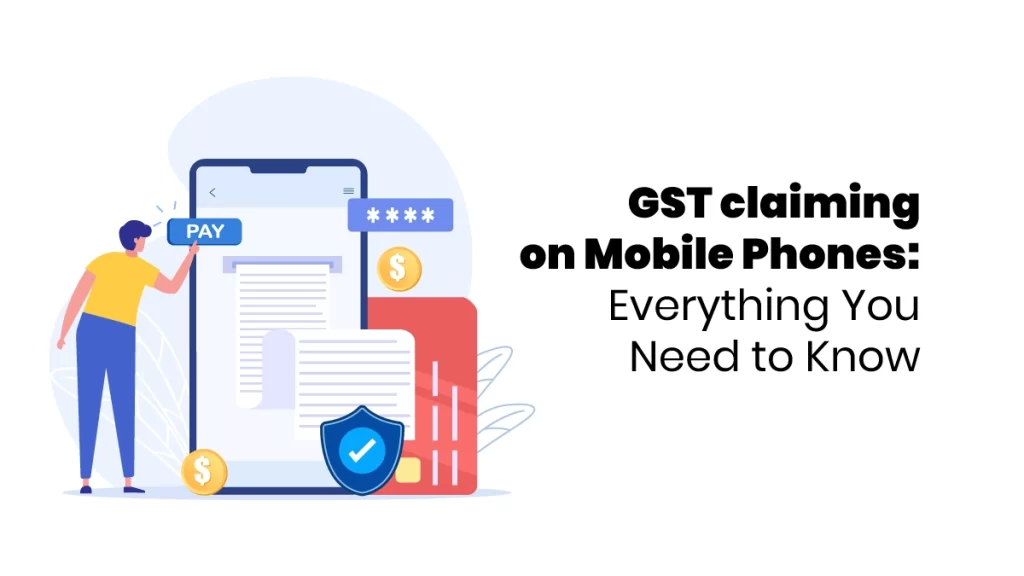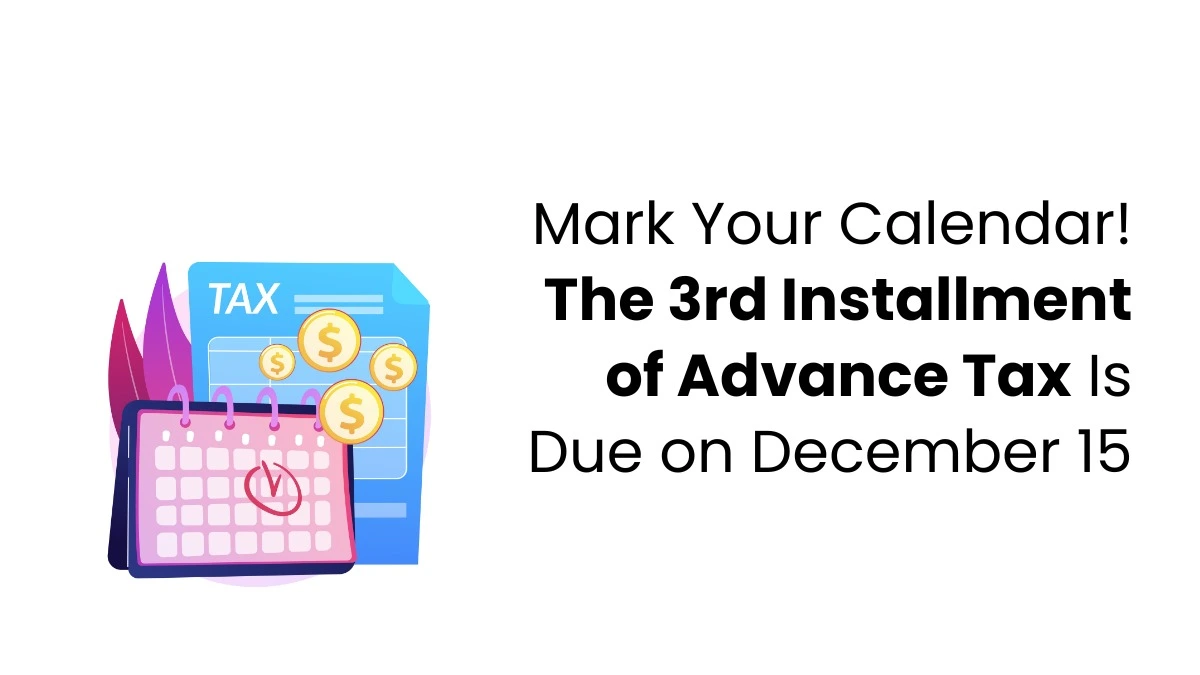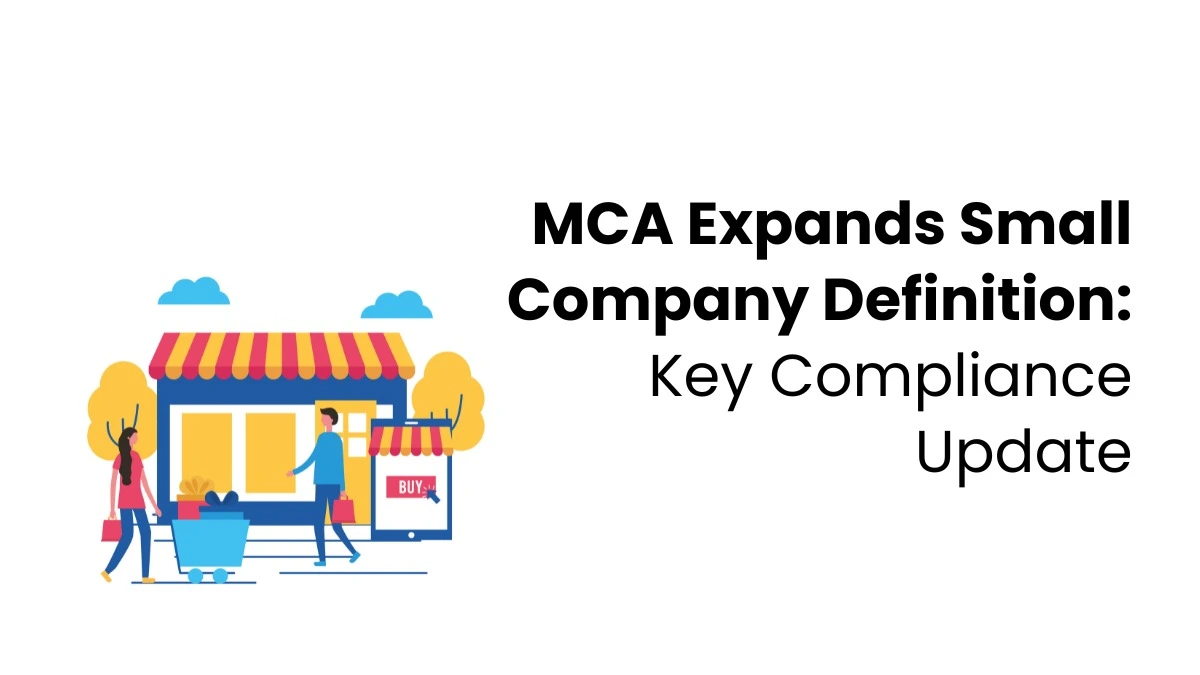In today’s world, mobile phones are an integral part of our daily lives. If you own a mobile phone, you’re likely familiar with Goods and Services Tax (GST). Traditionally, Claiming GST on Mobile Phones was primarily associated with categories like food, clothing, and automobiles. However, due to the surge in online shopping and increased transactions, the scope of GST claims has expanded to include mobile phones and other electronics. This shift reflects the evolving landscape of GST regulations and their broader application to a variety of goods.
What is GST?
GST, also known as the Goods and Services Tax, is an indirect tax that replaced many older taxes in India, such as excise duty and VAT. Unlike those taxes, GST is levied on the supply chain stages of each product or a specific value-adding process.
Claiming GST on Mobile Phones: Who Qualifies
If registered for GST, you can claim a refund called Input Tax Credit (ITC) under these conditions. And yes, you can claim ITC for mobile phones and laptops used in your business.
- You must buy a phone or laptop for business use.
- The seller must give you a proper tax invoice with their company details, GST number, and the item’s details, such as its HSN code, GST rate, and the amount charged. Your business details, including your GST number, should also be on the invoice.
- You must receive the mobile device.
- The suppliers should have filed their GST returns.
- The supplier must have paid the government tax.
- If you bought the phone or laptop in installments, you can claim ITC only after paying the last installment.

GST Form ITC-01
GST Form ITC-01 is a declaration form you submit on the GST portal. It helps GST-registered taxpayers claim input tax credit (ITC).
What is Form ITC-01?
This form allows you to claim ITC for items in stock, finished products, or equipment as of a specific date.
When to File?
Submit Form ITC-01 within 30 days of registering or switching to a regular scheme. You can claim ITC for invoices up to one-year-old for goods and up to five years for equipment.
Steps to File GST Form ITC-01
If your claim for the input tax credit is more than INR 2 lakhs, you will require a certificate to be taken from the Chartered or the Cost Accountant. Here’s how to do it for GST claims process on mobile phones:
- Log In to the GST Portal
- Enter Username and Password
- Find ITC Forms: Go to “Services”> “Returns”> Click on ITC Forms.
- Prepare Form ITC-01: Choose ‘Prepare online’ or ‘Prepare offline’ under GST Form ITC-01.
- Fill in Details: Enter the required details online or offline.
- Choose Claim Type: Select the appropriate category under ‘Claim Made Under.’
- Supplier Details: Input supplier’s GSTIN, Invoice Number, and Invoice Date.
- Type of Goods: Specify the type of goods and maintain a detailed stock record.
- Goods Description: Describe the goods.
- Units and Quantity: Select Unit Quantity Code (UQC) and enter Quantity.
- Invoice Value: Enter the Invoice Value adjusted by debit note/credit note.
- Claim Tax Credit: Input Central Tax, State/UT Tax, Integrated Tax, and Cess.
- Save or Add Invoices: Click ‘Add’ or ‘Save’ for multiple invoices.
- Preview and Submit: Review the form by clicking ‘Preview’> ‘Submit’> ‘Proceed. After submission, no changes can be made.
- Refresh the Page: Refresh after submission.
GST Rules for Mobile Phones
Mobile phones usually come with accessories like a charger and a USB cable. These accessories are considered essential and are sold together with the phone as a package under GST rules. Therefore, claiming GST on mobile phones applies to mobile phones, chargers, and USB cables.
However, earbuds are often sold separately from the phone. This is not considered part of the packaged deal and is categorized differently under GST rules.
How Did GST Help Mobile Phone Dealers?
Mobile phones are necessary in our regular lives today. Even though the GST rate has risen to 18%, the demand for mobile phones keeps growing.
Before GST, mobile phones were taxed differently across states under the VAT system, leading to varied prices. GST brought a uniform tax rate nationwide, making setting consistent prices for mobile phones easier. This change eliminated tax complications and increased competition among mobile phone sellers.
Previously, online dealers benefited by buying phones from states with lower taxes and selling them in states with higher VAT rates. Since introducing GST, the tax system has become more precise and straightforward.
Understanding Supply Value in GST
The amount a seller receives from a customer for selling products or services is the supply value. Customers might trade in old mobile phones to get new ones in exchange offers, paying the price difference. Unlike the old VAT system, this price difference is now taxable under GST. Barter transactions are included in the supply value under GST, meaning the higher and lower amounts are considered for tax.
For instance, if a new phone costs Rs. 50,000 under an exchange offer and the original price without exchange is Rs. 55,000, GST will be calculated on the original price of Rs. 55,000.
To learn more about GST processes, joining a GST certification course in Kochi at Finprov can significantly enhance your understanding of handling GST properly. Finprov is a leading institute offering various accounting courses, including CBAT, PGBAT, Income Tax, Practical Accounting Training, PGDIFA, DIA, GST, SAP FICO, Tally Prime, and MS Excel. Our GST certification course is tailored to provide practical knowledge with real-life examples, benefiting graduates, CAs, company secretaries, finance and tax professionals, and individuals aiming for career opportunities in these fields.
The GST course covers essential topics such as the Basics of GST, Input Tax Credit, Composition Scheme, GST Return Filing, E-way Bill, Time of Supply, Place of Supply, and Reverse Charge Mechanism. Whether starting your career or seeking to deepen your expertise in accounting and finance, Finprov offers comprehensive training that aligns with industry demands.










